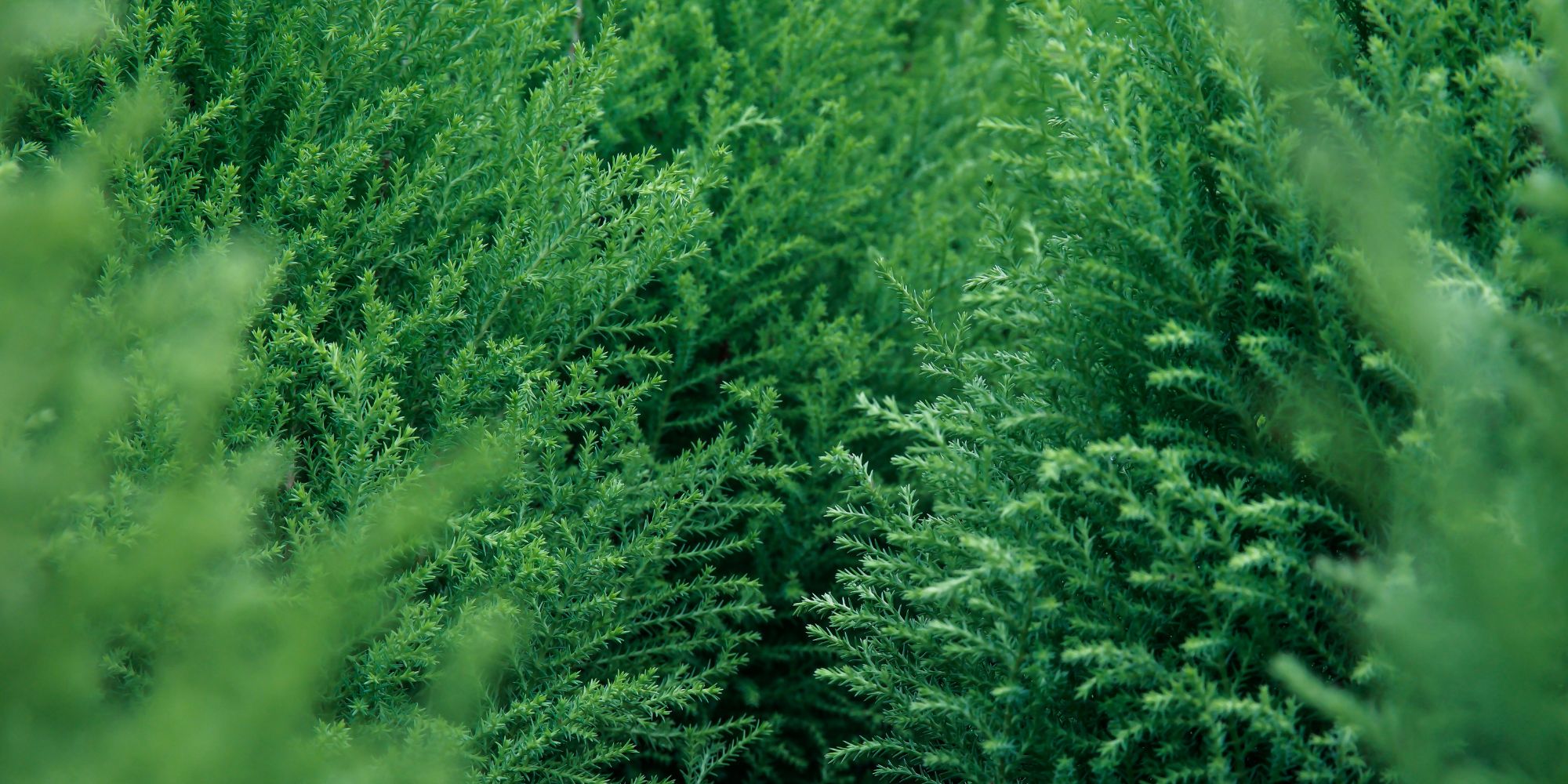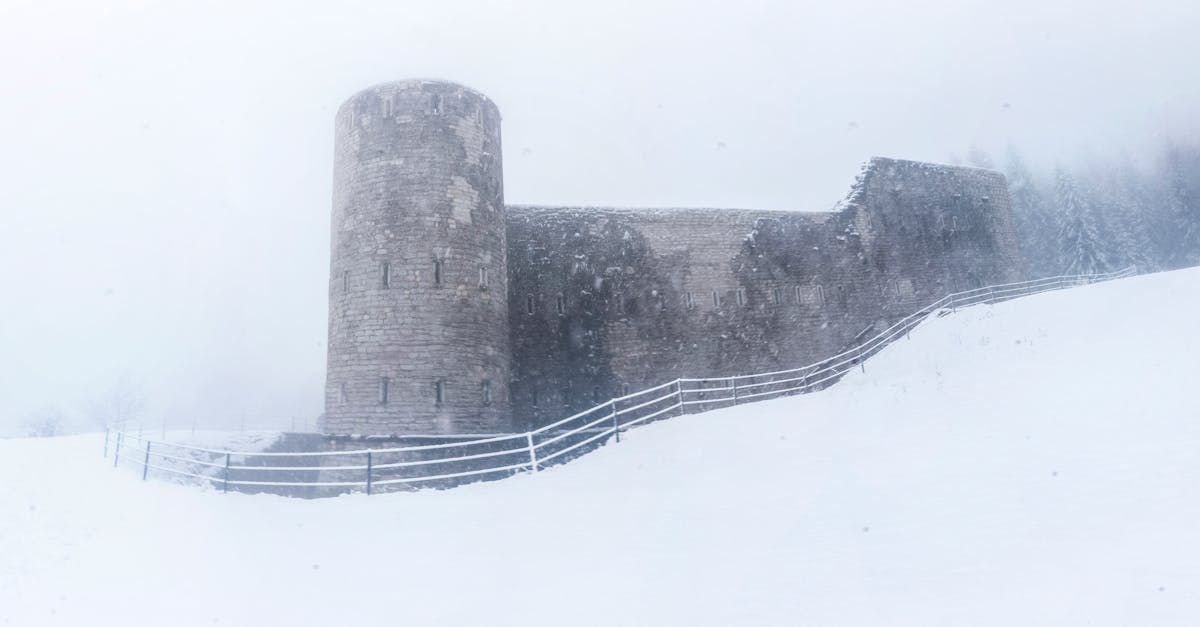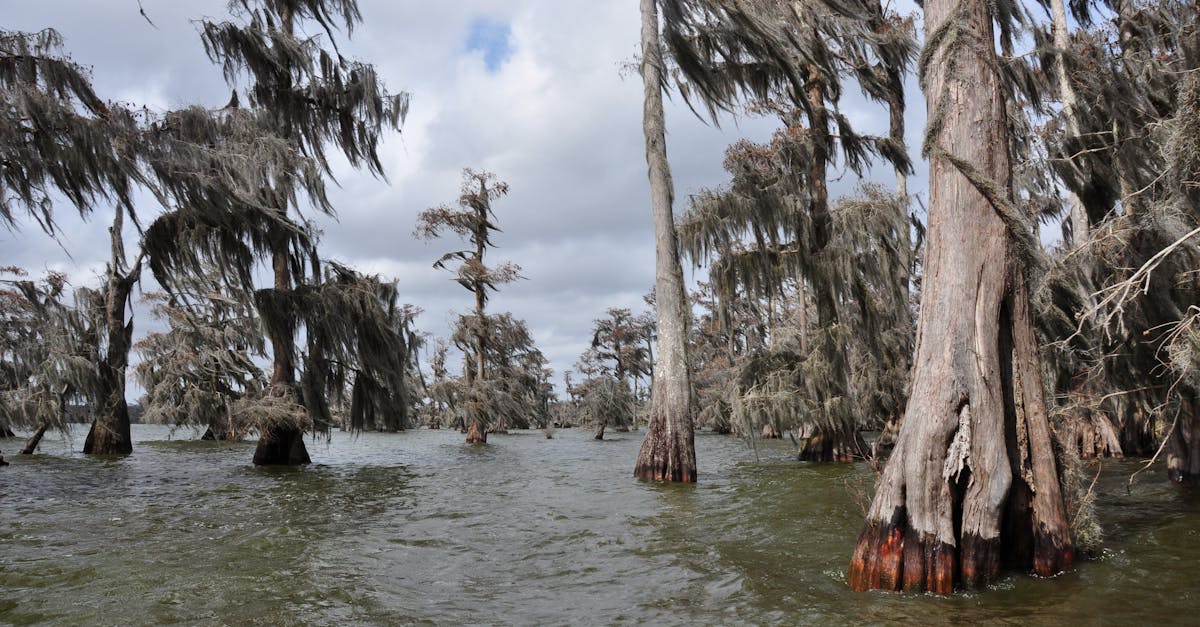The Bald Cypress (Taxodium distichum) is a remarkable tree native to North America, renowned for its adaptability, longevity, and striking appearance. Whether you're seeking a natural privacy screen, a majestic focal point, or an ecological asset for your landscape, the Bald Cypress offers unparalleled benefits. This comprehensive guide delves into the characteristics, planting, care, and uses of Bald Cypress trees, with insights from trusted sources like MRS Cypress Trees.
Understanding the Bald Cypress
The Bald Cypress is a deciduous conifer, shedding its feathery, needle-like leaves in the fall, revealing a stately silhouette during winter. It thrives in USDA hardiness zones 4 through 10, making it suitable for a wide range of climates.
Key Features:
- Height & Spread: Matures to 50–70 feet tall with a spread of 20–30 feet.
- Lifespan: Can live for hundreds of years, with some specimens exceeding 1,000 years.
- Adaptability: Tolerates both wet and dry conditions, often found in swamps but equally suited to urban landscapes.
- Unique Roots: Develops "knees"—woody projections from roots—that aid in oxygen exchange in waterlogged soils.
Cypress Trees for Privacy
Bald Cypress trees are excellent choices for creating natural privacy barriers. Their dense foliage during the growing season provides effective screening from neighbors or unsightly views. When planted in rows, they form a living wall that also serves as a windbreak.
Advantages:
- Fast Growth: Establishes quickly, providing privacy sooner than many other tree species.
- Low Maintenance: Requires minimal pruning and is resistant to many pests and diseases.
- Aesthetic Appeal: Offers seasonal interest with vibrant green foliage in spring and summer, turning russet-orange in fall.
How to Buy Cypress Trees
When purchasing Bald Cypress trees, consider the following:
- Size: Available in various sizes, from saplings to mature trees.
- Source: Choose reputable nurseries that provide healthy, disease-free specimens.
- Varieties: Some cultivars are bred for specific traits, such as dwarf forms or enhanced fall color.
MRS Cypress Trees offers a selection of high-quality Bald Cypress trees suitable for diverse landscaping needs. Their expertise ensures you receive trees that will thrive in your specific environment.
How to Plant Cypress Trees
Proper planting is crucial for the health and longevity of your Bald Cypress.
Steps:
- Site Selection: Choose a location with full sun exposure and ample space for growth.
- Soil Preparation: Ensure the soil is well-draining yet retains moisture. Incorporate organic matter to improve soil structure.
- Digging the Hole: Create a hole twice as wide and the same depth as the root ball.
- Planting: Place the tree in the hole, ensuring the top of the root ball is level with the ground surface.
- Backfilling: Fill the hole with soil, gently tamping down to eliminate air pockets.
- Watering: Water thoroughly to settle the soil around the roots.
- Mulching: Apply a 2–3 inch layer of mulch around the base, keeping it a few inches away from the trunk to prevent rot.
Best Soil Type for Cypress Trees
Bald Cypress trees are adaptable but perform best in certain soil conditions:
- Texture: Prefers moist, sandy loam but tolerates clay and silty soils.
- pH: Thrives in slightly acidic to neutral soils (pH 5.5–7.0).
- Drainage: Requires well-draining soil to prevent root rot, though mature trees can withstand occasional flooding.
Before planting, it's advisable to test your soil's pH and amend it accordingly to create optimal growing conditions.
Water Access and Requirements
Watering needs vary depending on the tree's age and environmental conditions:
- Newly Planted Trees: Require consistent moisture. Water deeply once or twice a week during the first growing season.
- Established Trees: More drought-tolerant but benefit from supplemental watering during prolonged dry spells.
- Flood Tolerance: Can survive in standing water, making them ideal for areas prone to flooding or with high water tables.
Implementing a drip irrigation system can help maintain consistent soil moisture, promoting healthy growth.
Using Mulch and Fertilizer with Cypress Trees
Mulching:
- Benefits: Retains soil moisture, regulates temperature, and suppresses weeds.
- Application: Spread a 2–3 inch layer around the tree's base, keeping it a few inches away from the trunk.
Fertilizing:
- Timing: Fertilize in early spring before new growth begins.
- Type: Use a balanced, slow-release fertilizer (e.g., 10-10-10) to provide essential nutrients.
- Frequency: Once a year is typically sufficient; over-fertilizing can harm the tree.
Regular mulching and appropriate fertilization support robust growth and enhance the tree's resilience to environmental stresses.
Additional Information on Cypress Trees
- Wildlife Habitat: Provides shelter and nesting sites for various bird species and other wildlife.
- Erosion Control: Extensive root systems help stabilize soil, making them valuable for preventing erosion along waterways.
- Timber Use: Wood is prized for its durability and resistance to decay, commonly used in construction and furniture.
- Cultural Significance: Often featured in art and literature, symbolizing resilience and longevity.
Why Choose MRS Cypress Trees
MRS Cypress Trees is a trusted provider of high-quality Bald Cypress trees, offering:
- Expertise: Knowledgeable staff to guide you in selecting the right trees for your landscape.
- Quality Assurance: Healthy, well-cared-for trees ready for successful transplantation.
- Customer Support: Ongoing assistance to ensure your trees thrive for years to come.
By choosing MRS Cypress Trees, you're investing in superior specimens that will enhance your property and provide lasting beauty.
Conclusion
The Bald Cypress is a versatile and resilient tree that offers numerous benefits, from creating natural privacy screens to enhancing ecological diversity. With proper planting and care, these majestic trees can become enduring features in your landscape. For top-quality Bald Cypress trees and expert guidance, trust MRS Cypress Trees to help you achieve your landscaping goals.
Note: This article is for informational purposes. For personalized advice, consult with local horticultural experts or professional arborists.






